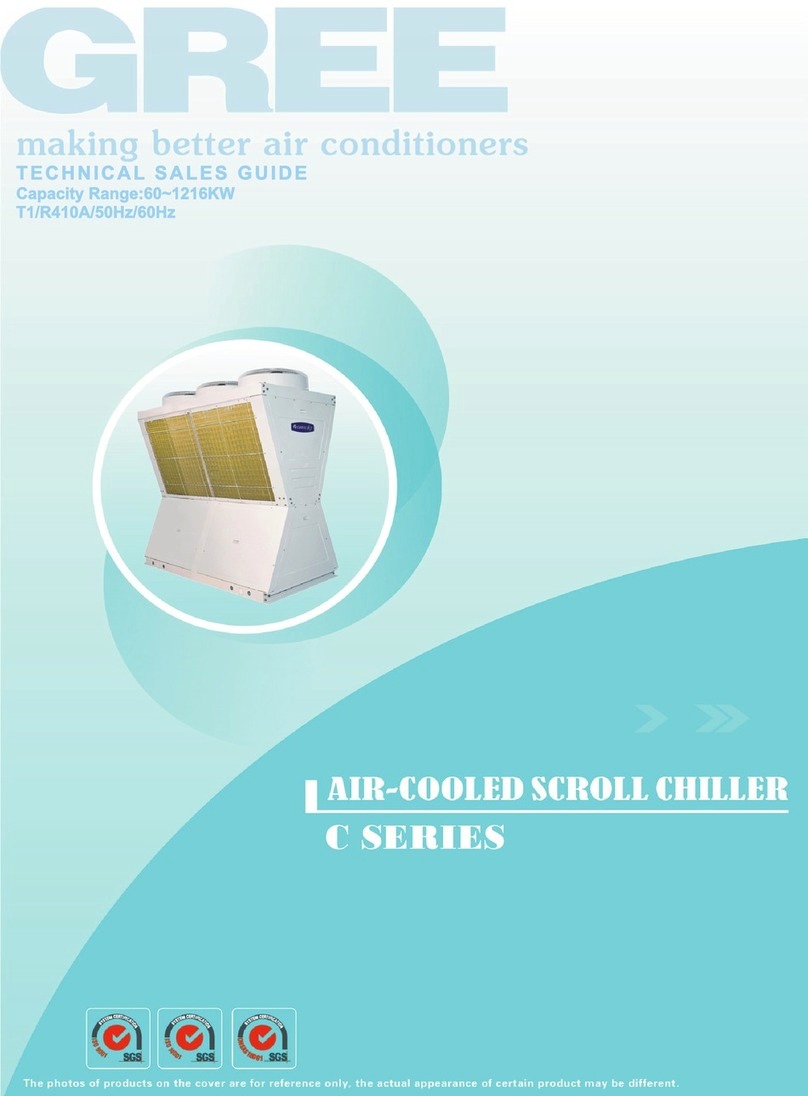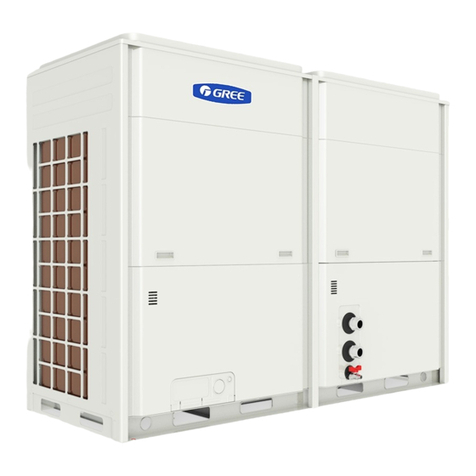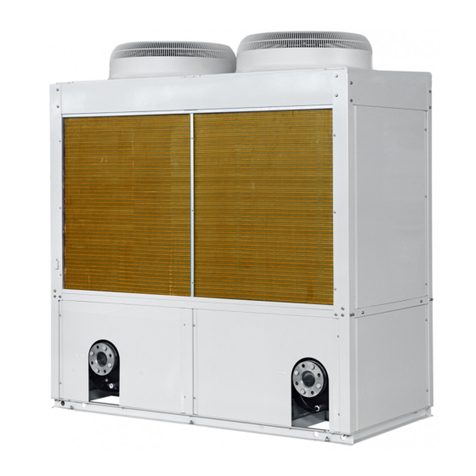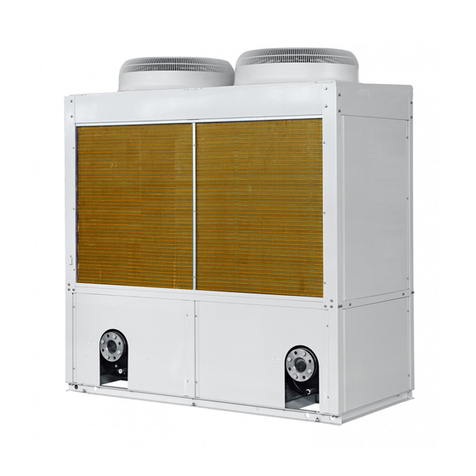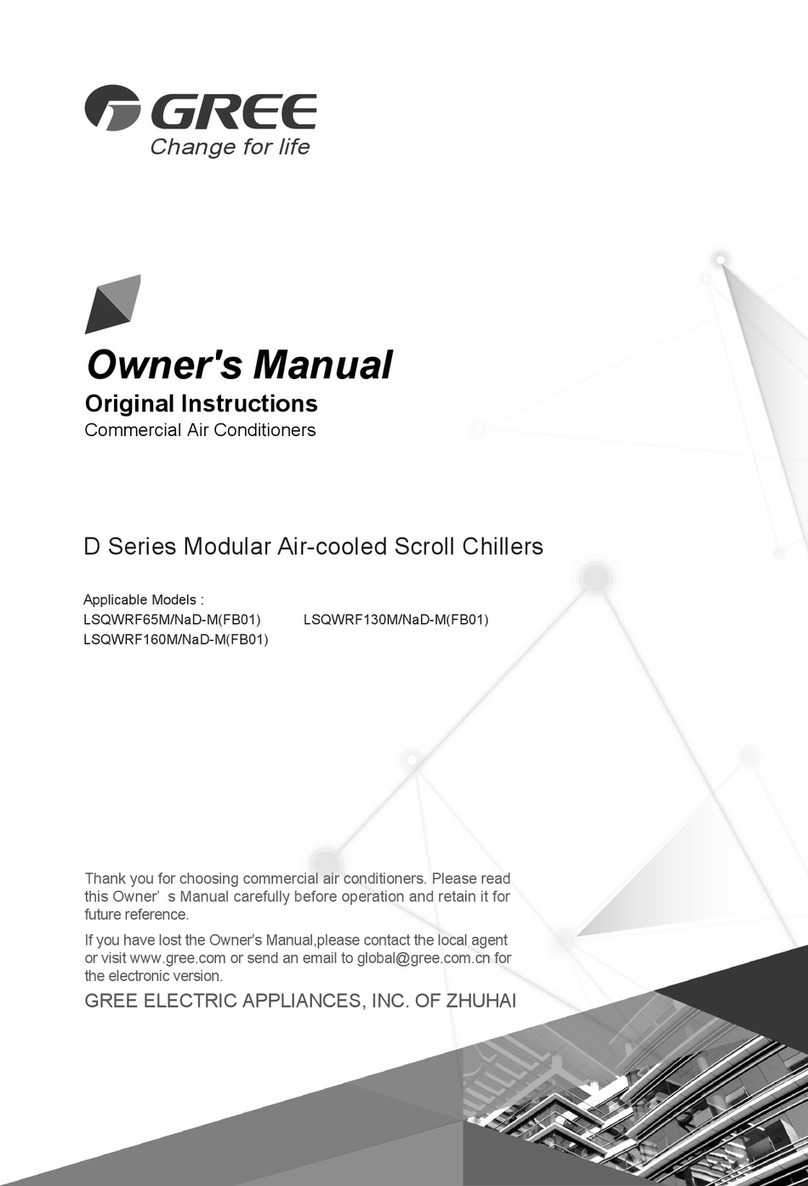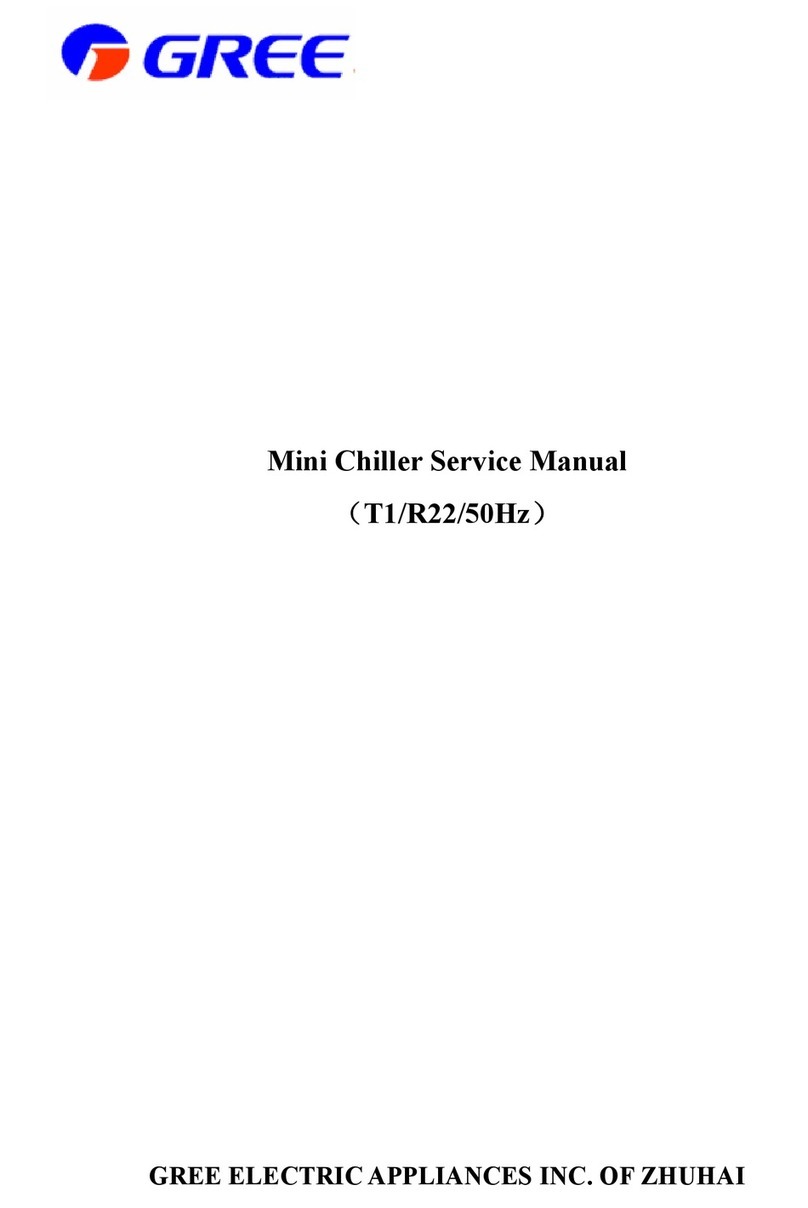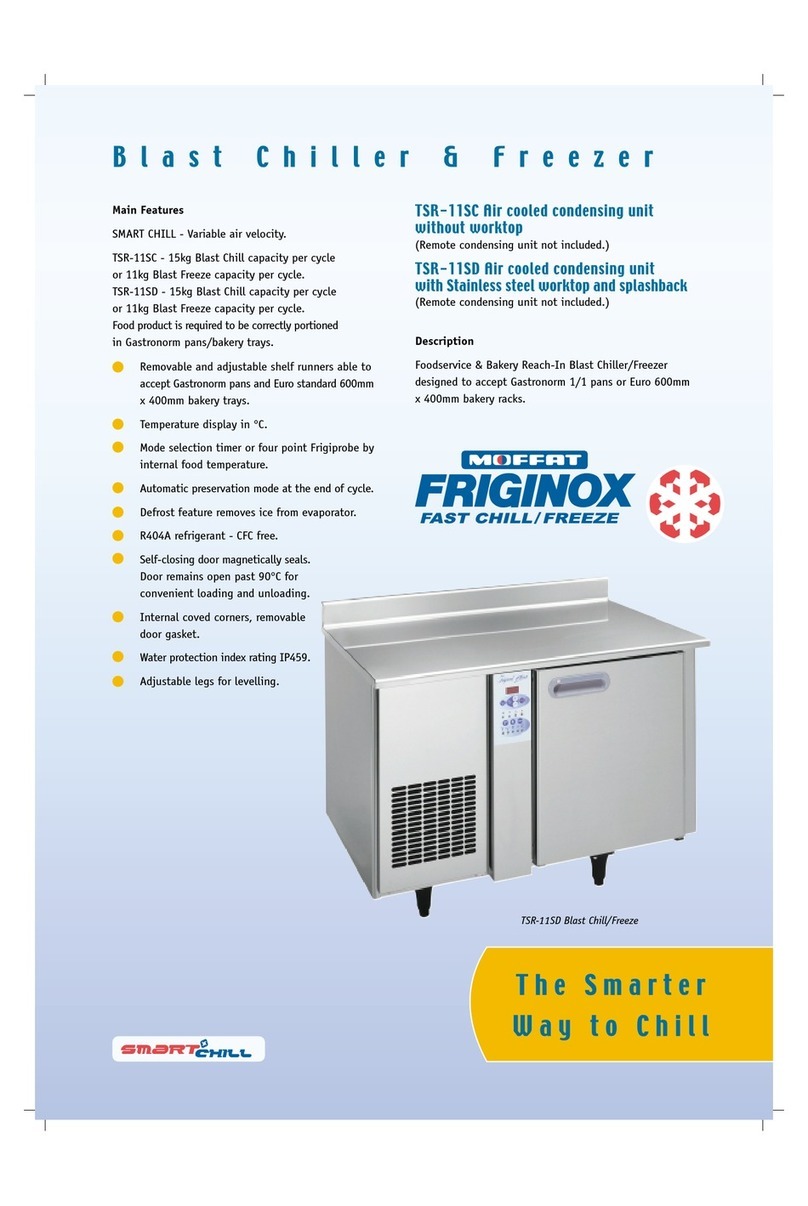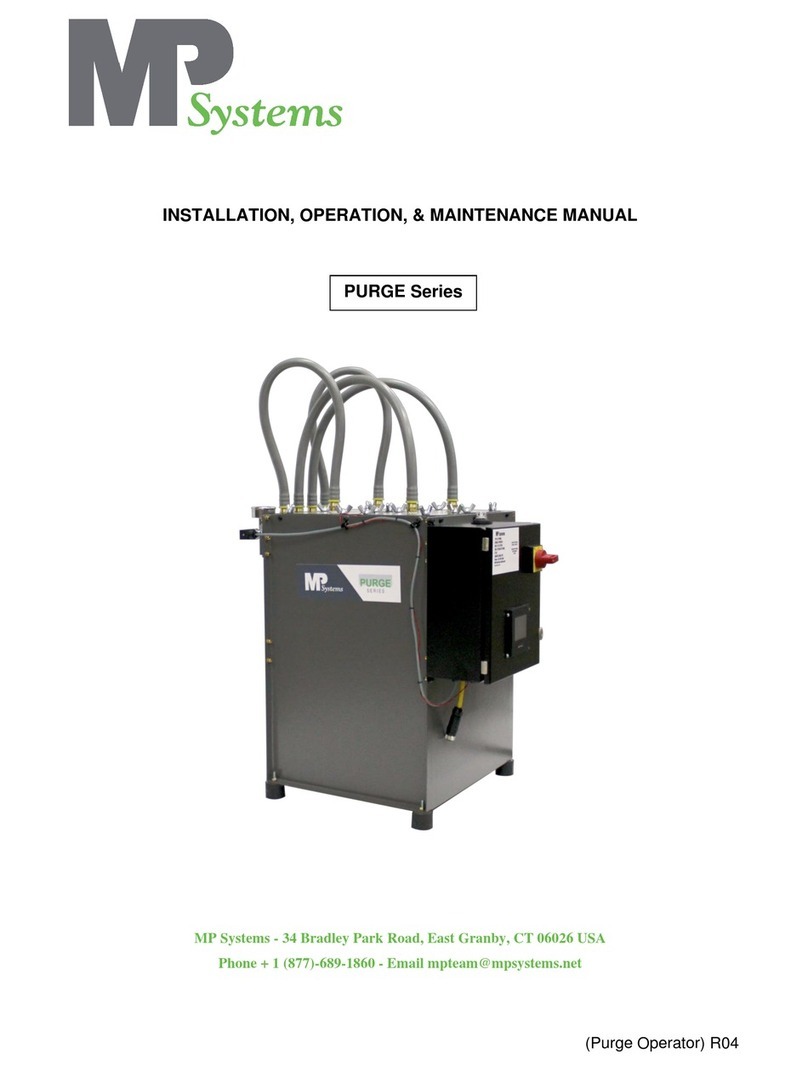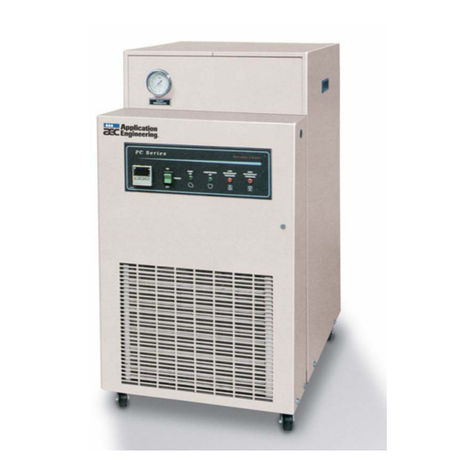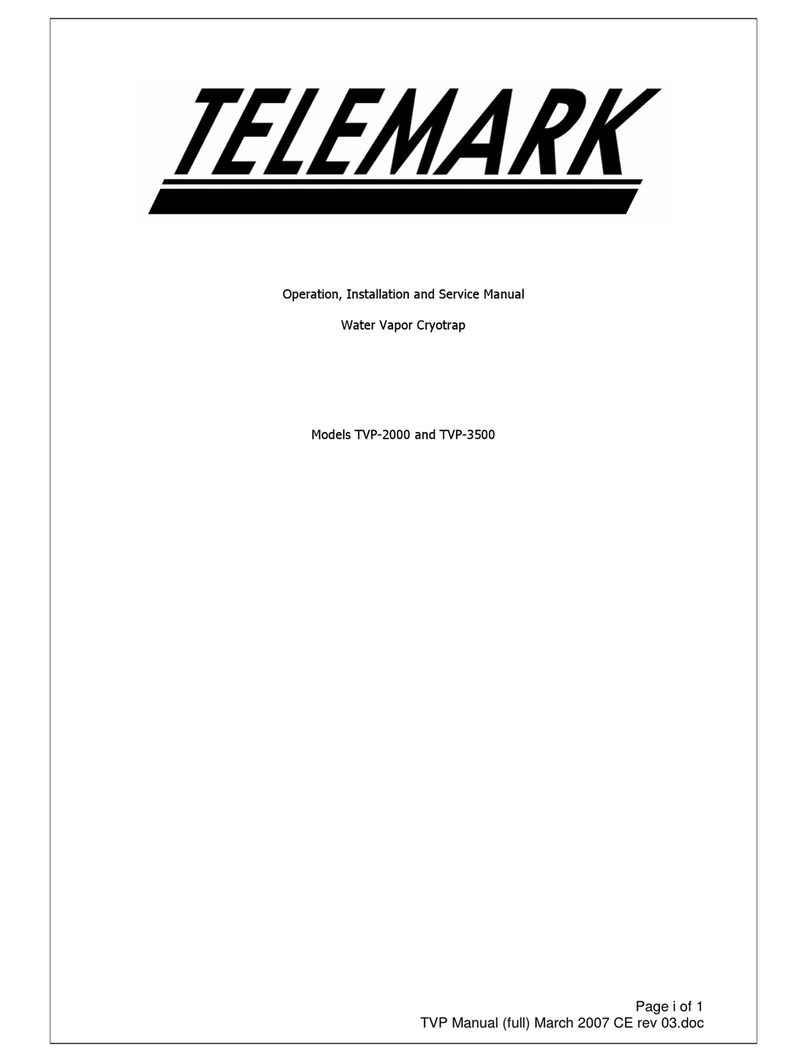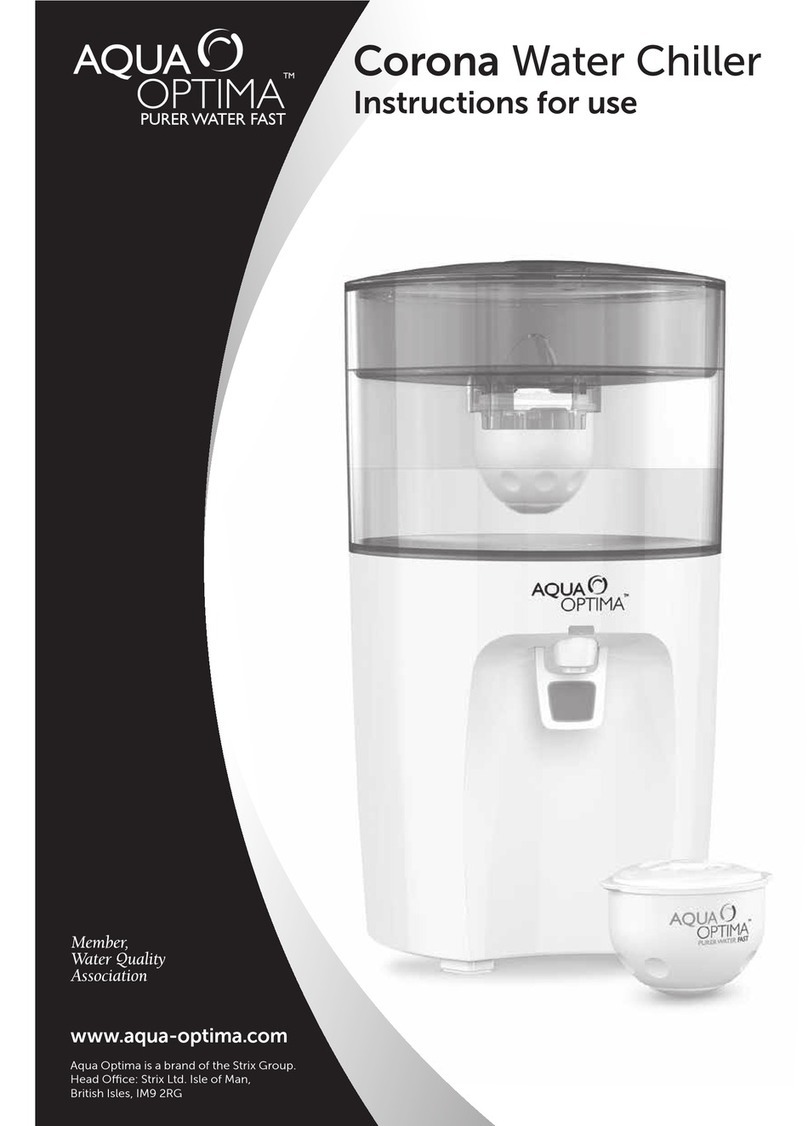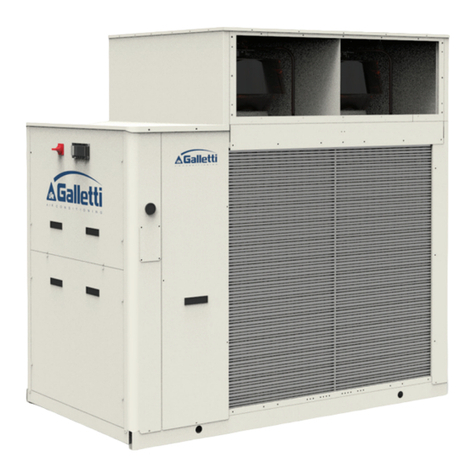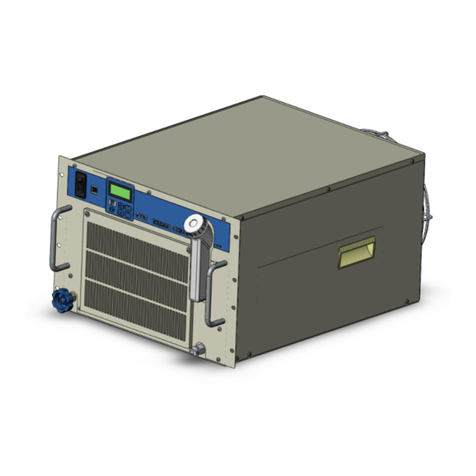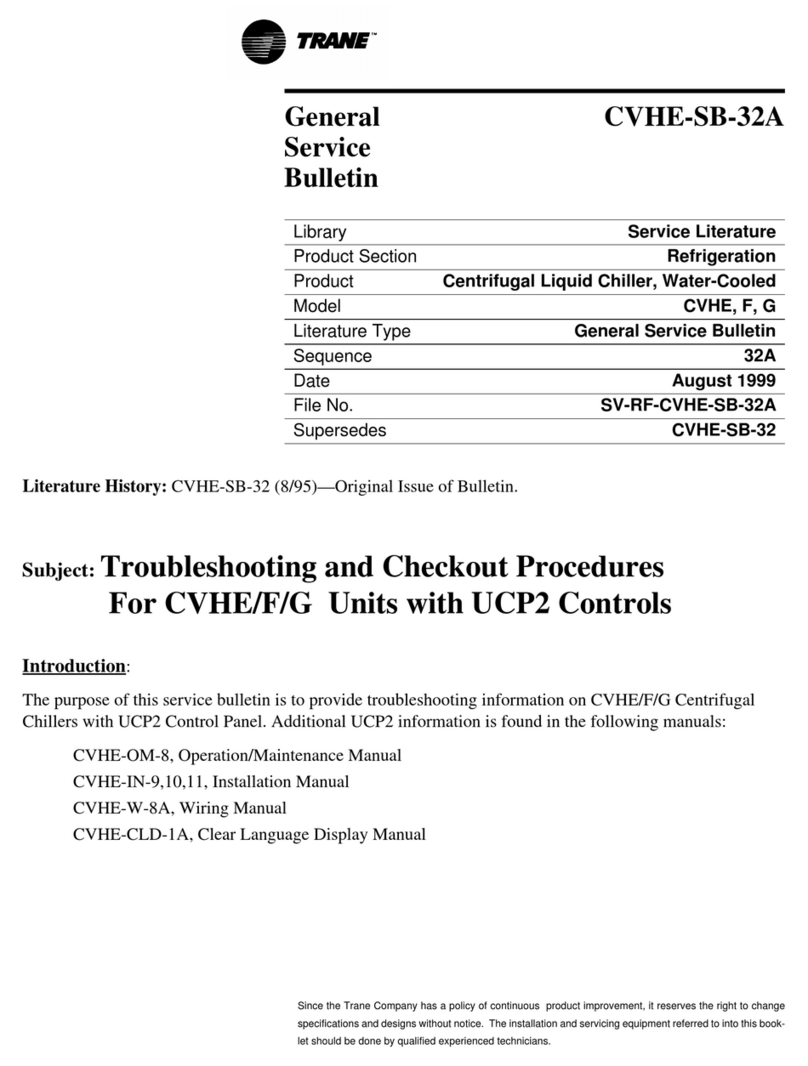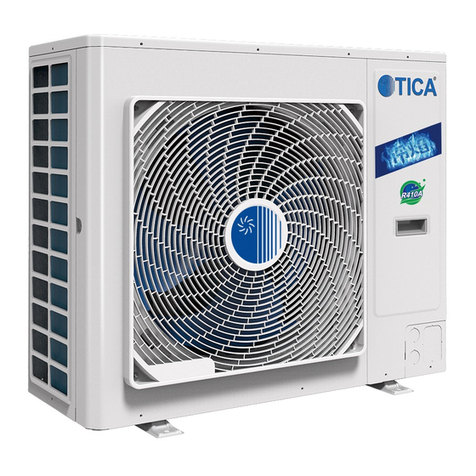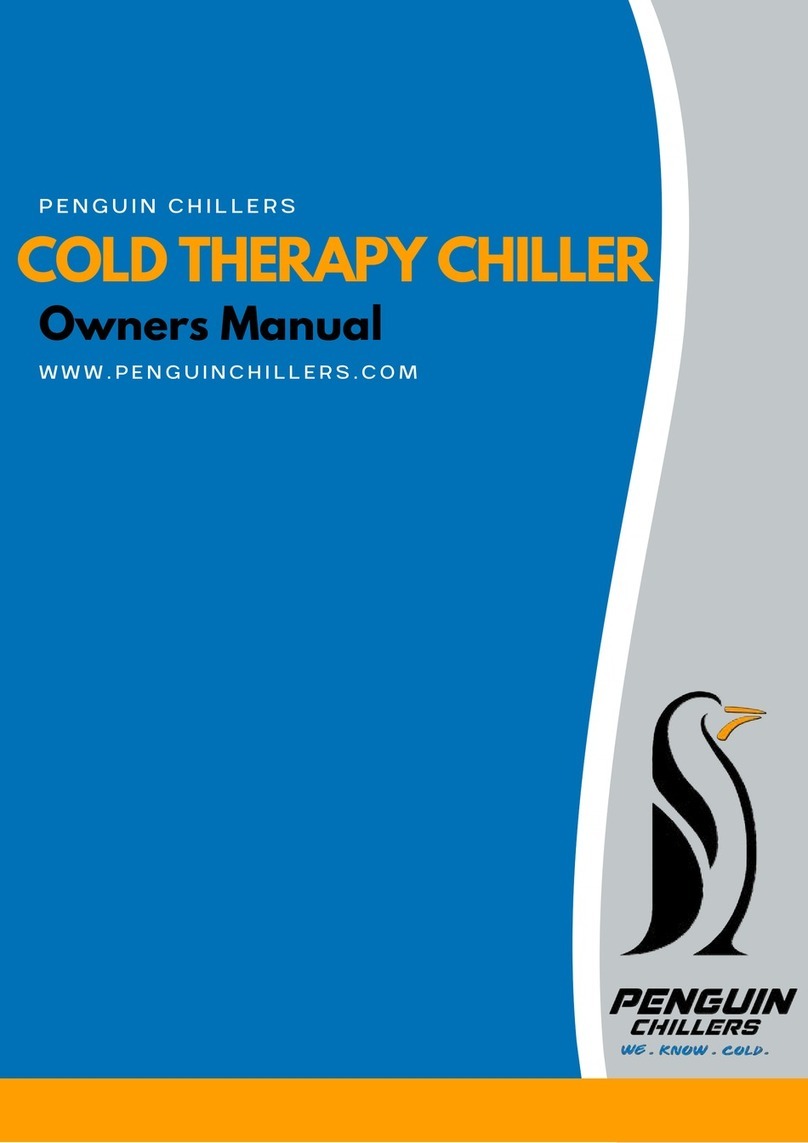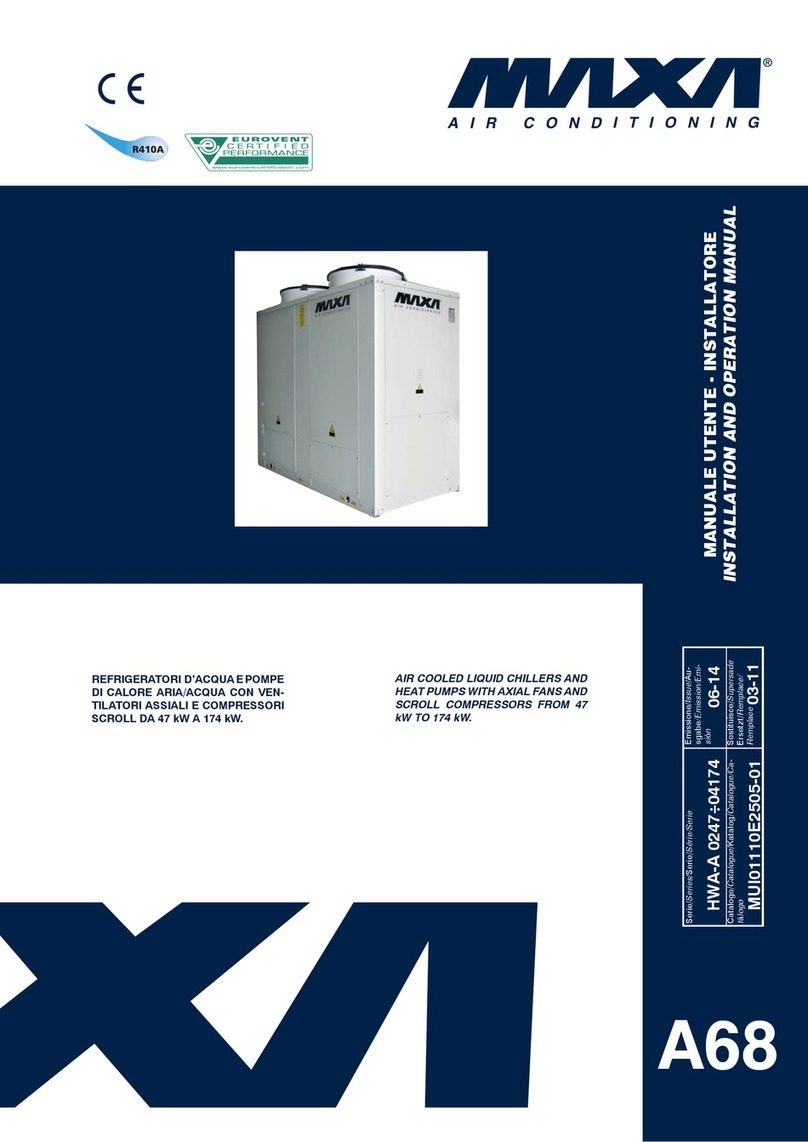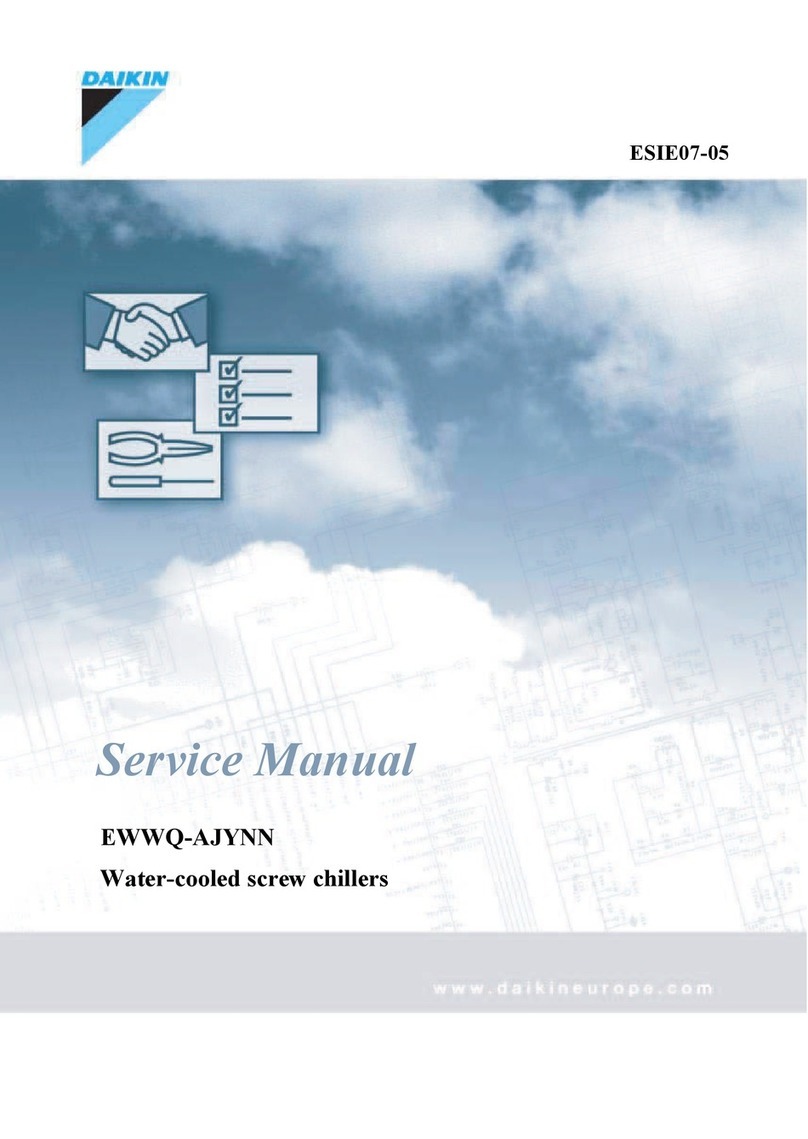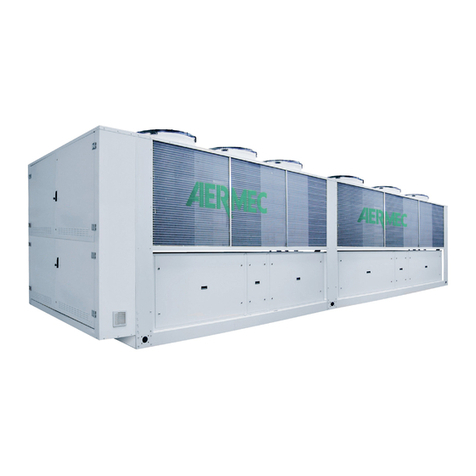
5.5.3 Installation of the Expansion Tank ............................................................ 84
5.5.4 Installation of Condensate Pipes .............................................................. 86
5.6 Electric Wiring.................................................................................................... 88
5.6.1 Safety Precautions.................................................................................... 88
5.6.2 Control Concept ........................................................................................ 88
5.6.3 Specification of Power Cord and Air Switch ............................................. 90
5.6.4 Wiring of the Electric Control Cabinet....................................................... 90
5.6.5 Filed Wiring ............................................................................................... 91
5.6.6 Networking and Wiring between Units...................................................... 94
5.6.7 Electric Wiring Digram .............................................................................. 96
5.6.8 Jumpers .................................................................................................... 98
6 Commissioning ........................................................................................................ 98
6.1 Flowchart of Commissioning ............................................................................. 98
6.2 Safety Precautions for Commissioning ............................................................. 99
6.3 Preparation before Commissioning .................................................................. 99
6.3.1 Documents................................................................................................ 99
6.3.2 Tools.......................................................................................................... 99
6.3.3 Check before Commissioning................................................................. 100
6.4 Initial Run......................................................................................................... 101
6.4.1 Check for Initial Run................................................................................ 101
7 Repair .................................................................................................................... 103
7.1 Error List .......................................................................................................... 103
7.2 Flow Chart of Troubleshooting ........................................................................ 106
7.3 Power Distribution ............................................................................................111
7.3.1 Power Distribution Logic ..........................................................................111
7.3.2 Introduction to the Main Electric Element ...............................................112
7.4 Replacement of Main Parts ..............................................................................112
7.4.1 Brief Introduction......................................................................................112
7.4.2 Replacement Instructions ........................................................................113
7.5 Routine Repair................................................................................................. 128
7.5.1 Repairs to Refrigerant Leakage.............................................................. 128
7.5.2 Air Removal............................................................................................. 129
7.6 Exploded Views and Part Lists ........................................................................ 130
8 Maintenance .......................................................................................................... 130
8.1 Significant of Maintenance .............................................................................. 130
8.2 Maintenance Items .......................................................................................... 130

